Home>Garden Essentials>How To Get Seeds Out Of Raspberries
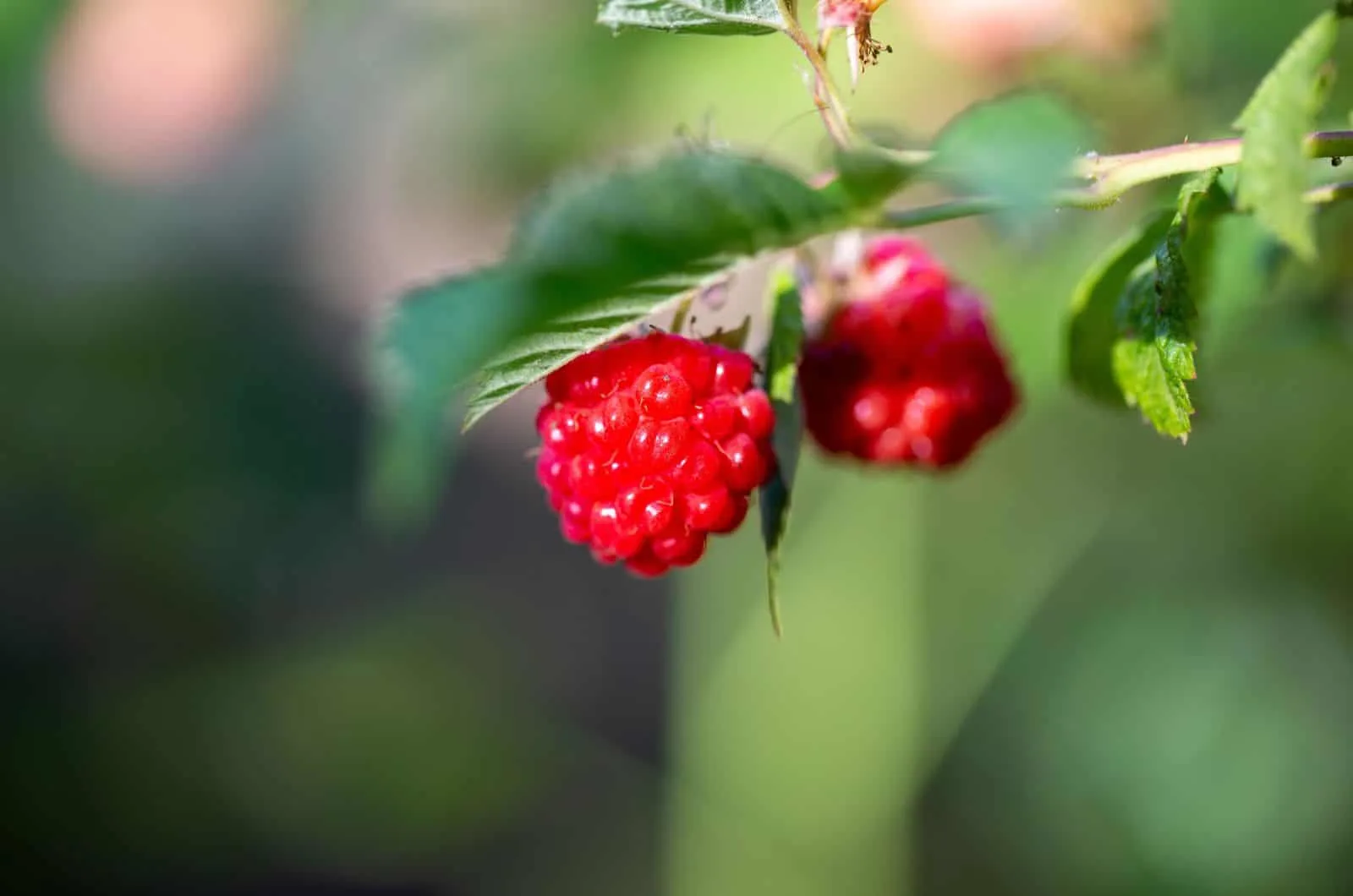

Garden Essentials
How To Get Seeds Out Of Raspberries
Modified: April 29, 2024
Learn how to easily extract seeds from raspberries in your garden. Our step-by-step guide will help you enjoy seedless raspberries all season long.
(Many of the links in this article redirect to a specific reviewed product. Your purchase of these products through affiliate links helps to generate commission for Storables.com, at no extra cost. Learn more)
Introduction
Gardening enthusiasts often find themselves faced with the dilemma of dealing with seeds in their fruits and vegetables. While some seeds are small and inconspicuous, others can be quite noticeable, like the seeds in raspberries. While these tiny seeds are packed with nutritional value, they can be a bit cumbersome to consume, especially if you are looking for a smooth texture in your dishes. Luckily, there are several methods you can use to extract the seeds from raspberries, allowing you to enjoy their sweet and tangy flavor without any unwanted grittiness.
In this article, we will explore four different methods for getting seeds out of raspberries. Whether you prefer a quick and efficient approach or a more hands-on method, there’s a technique that will suit your preferences. Let’s dive in and discover how you can enjoy your raspberries without the seeds!
Key Takeaways:
- Say goodbye to raspberry seeds with these 4 fun methods: sieve, blending and straining, manual extraction, and freezing and thawing. Enjoy smooth raspberry puree for all your culinary creations!
- Enjoy seedless raspberries by using a sieve or blending and straining for a quick fix, or get hands-on with manual extraction. Try freezing and thawing for juicier raspberries all year round!
Read more: How To Save Raspberry Seeds
Method 1: Using a Sieve
One of the simplest and most effective ways to remove the seeds from raspberries is by using a sieve or a fine-mesh strainer. This method allows you to separate the juicy pulp from the seeds, giving you a smooth raspberry puree.
Here’s how you can use a sieve to get the seeds out of your raspberries:
- Start by placing a clean sieve over a bowl or a container. Make sure the holes in the sieve are small enough to trap the seeds but large enough to allow the pulp to pass through.
- Take a handful of raspberries and gently press them against the walls of the sieve. Use the back of a spoon or a spatula to help push the pulp through the holes.
- Continue pressing and stirring until most of the pulp has passed through the sieve and only the seeds remain.
- Once you’ve extracted as much pulp as possible, discard the leftover seeds.
Repeat this process with the remaining raspberries until you have separated all the seeds from the fruit.
This method is quick and efficient, making it ideal for those who want to enjoy seedless raspberry puree for sauces, jams, or desserts. Plus, the sieve can be easily cleaned and reused for future berry-related tasks.
Method 2: Blending and Straining
If you want to remove the seeds from your raspberries while preserving as much pulp as possible, the blending and straining method is a great option. This technique allows you to create a smooth raspberry puree while separating the seeds.
Here’s how you can use this method:
- Take a batch of raspberries and wash them thoroughly to remove any dirt or debris.
- Place the raspberries in a blender or food processor and blend them until you have a smooth consistency.
- Next, set up a fine-mesh strainer or cheesecloth over a bowl or container. Pour the blended raspberries into the strainer.
- Use the back of a spoon or a spatula to press the puree against the strainer, allowing the juice and pulp to pass through while trapping the seeds.
- Continue pressing and stirring until you have extracted as much pulp as possible, leaving behind only the seeds in the strainer.
- Discard the seeds and transfer the seedless raspberry puree into a separate container. Use it in your favorite recipes or enjoy it on its own.
The blending and straining method ensures that you maintain the rich flavor of raspberries while getting rid of the unwanted seeds. It’s perfect for making smoothies, sauces, or even raspberry-infused beverages.
To get seeds out of raspberries, simply place the berries in a fine mesh strainer and press them gently with a spoon. The seeds will separate from the pulp and remain in the strainer, making it easy to collect the seeds.
Method 3: Manual Extraction
If you prefer a more hands-on approach to removing raspberry seeds, you can opt for the manual extraction method. While this technique requires a bit more time and patience, it allows you to have complete control over the seed removal process.
Here’s how you can manually extract the seeds from raspberries:
- Start by taking a raspberry between your thumb and index finger.
- Gently squeeze and press the raspberry to release the seeds.
- As you apply pressure, you’ll notice that the seeds start to separate from the pulp.
- Continue squeezing until all the seeds have been extracted.
- Transfer the seedless pulp into a separate bowl or container.
- Repeat this process with the remaining raspberries until all the seeds have been removed.
While the manual extraction method may take more time compared to other techniques, it allows you to appreciate the tactile experience of handling the raspberries and ensures that you have complete control over the seed removal process.
This method is particularly useful if you only have a small batch of raspberries and don’t mind spending a bit of extra time to enjoy the fruits of your labor.
Method 4: Freezing and Thawing
Another interesting method for removing raspberry seeds is the freezing and thawing technique. This method takes advantage of the fact that freezing ruptures the cell walls of the raspberry, causing the seeds to become easier to separate from the pulp.
Here’s how you can use freezing and thawing to get rid of raspberry seeds:
- Start by washing the raspberries to remove any dirt or debris.
- Spread the raspberries in a single layer on a baking sheet lined with parchment paper.
- Place the baking sheet in the freezer and allow the raspberries to freeze completely. This usually takes several hours.
- Once the raspberries are frozen, remove them from the freezer and let them thaw at room temperature for about 1 to 2 hours.
- As the raspberries thaw, you’ll notice that the texture becomes softer and juicier.
- Using your fingers or a fork, gently separate the pulp from the seeds. The seeds should easily come loose from the softened pulp.
- Continue the process until you have removed all the seeds.
- Transfer the seedless pulp to a separate container and discard the seeds.
The freezing and thawing method is not only effective in removing raspberry seeds, but it also helps to enhance the juiciness and flavor of the fruit. This technique can be particularly useful if you plan on using the raspberries for baking or preserving purposes.
Additionally, if you have an abundance of raspberries, you can freeze them in batches and extract the seeds as needed, allowing you to enjoy seedless raspberries throughout the year.
Read more: How To Strain Seeds From Raspberries
Conclusion
There you have it – four different methods for extracting seeds from raspberries. Whether you prefer a quick and efficient method or a more hands-on approach, these techniques allow you to enjoy the delicious taste of raspberries without the unwanted seeds.
Using a sieve or a fine-mesh strainer is a simple and effective way to separate the pulp from the seeds, giving you a smooth raspberry puree. Blending and straining is another popular method that preserves as much pulp as possible while removing the seeds.
If you prefer a more tactile experience, the manual extraction method allows you to control the seed removal process by squeezing the raspberries and separating the seeds manually.
For those who have a little more time and want to enhance the flavor of the raspberries, the freezing and thawing technique leads to softer, juicier fruit while facilitating the separation of seeds from the pulp.
Each method has its own advantages, so choose the one that suits your preferences and the specific recipe or dish you have in mind.
Next time you find yourself faced with raspberries and their tiny seeds, remember these methods and enjoy the seedless goodness they can provide. Whether you’re making sauces, jams, desserts, or simply enjoying a bowl of fresh raspberries, removing the seeds will surely enhance your culinary experience.
Now it’s time to get creative in the kitchen and explore the various ways you can use your seedless raspberries. Happy cooking!
Frequently Asked Questions about How To Get Seeds Out Of Raspberries
Was this page helpful?
At Storables.com, we guarantee accurate and reliable information. Our content, validated by Expert Board Contributors, is crafted following stringent Editorial Policies. We're committed to providing you with well-researched, expert-backed insights for all your informational needs.
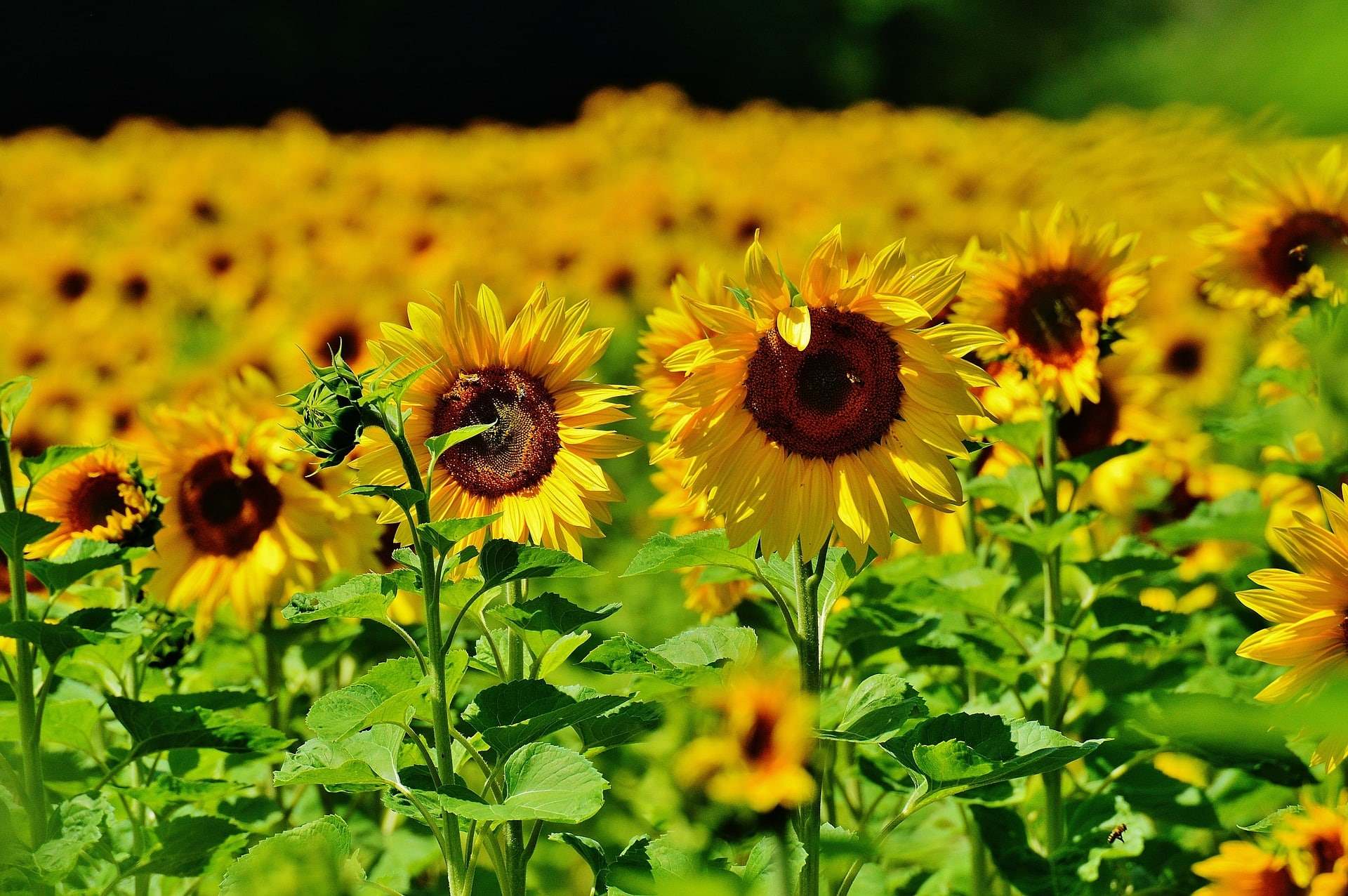
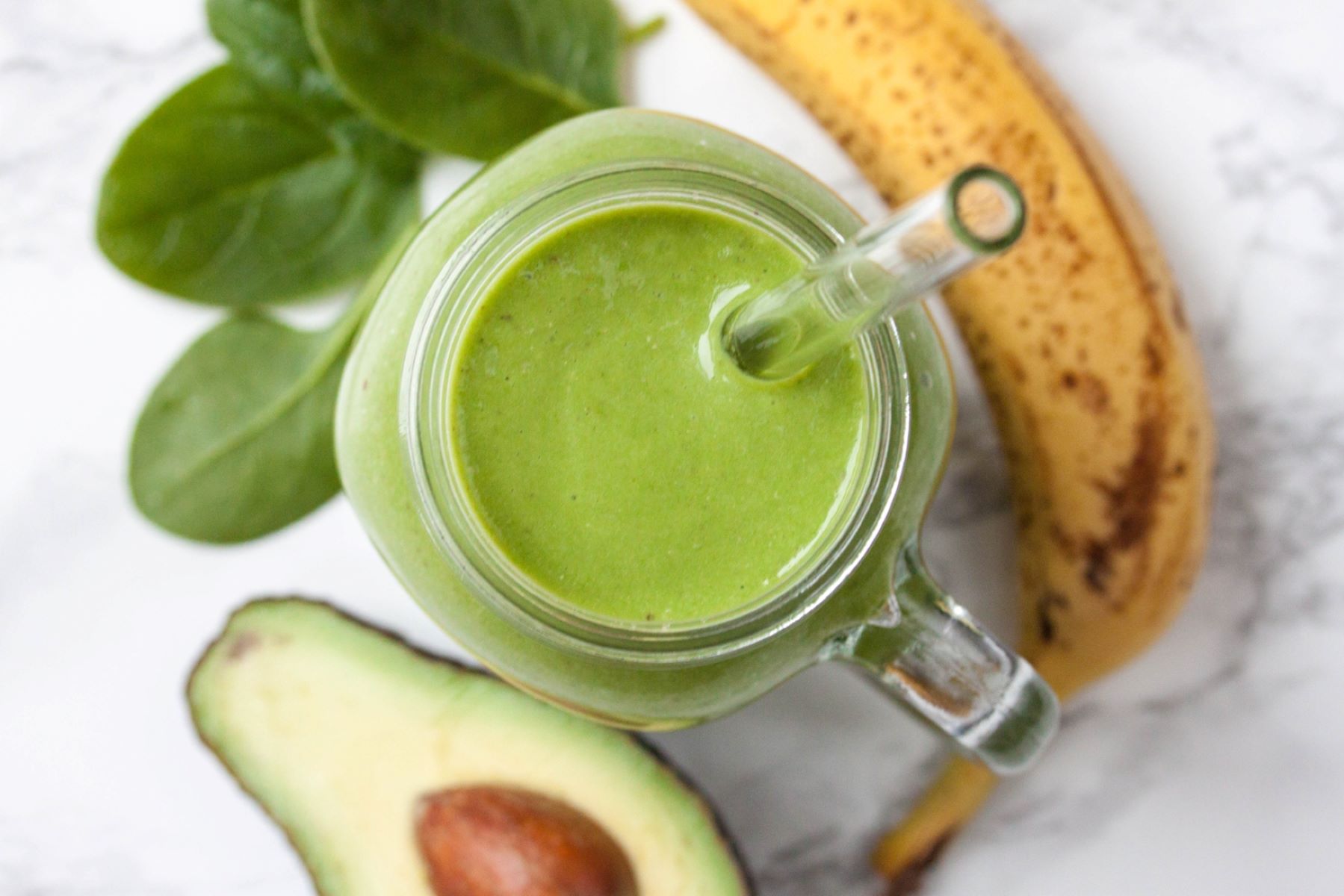
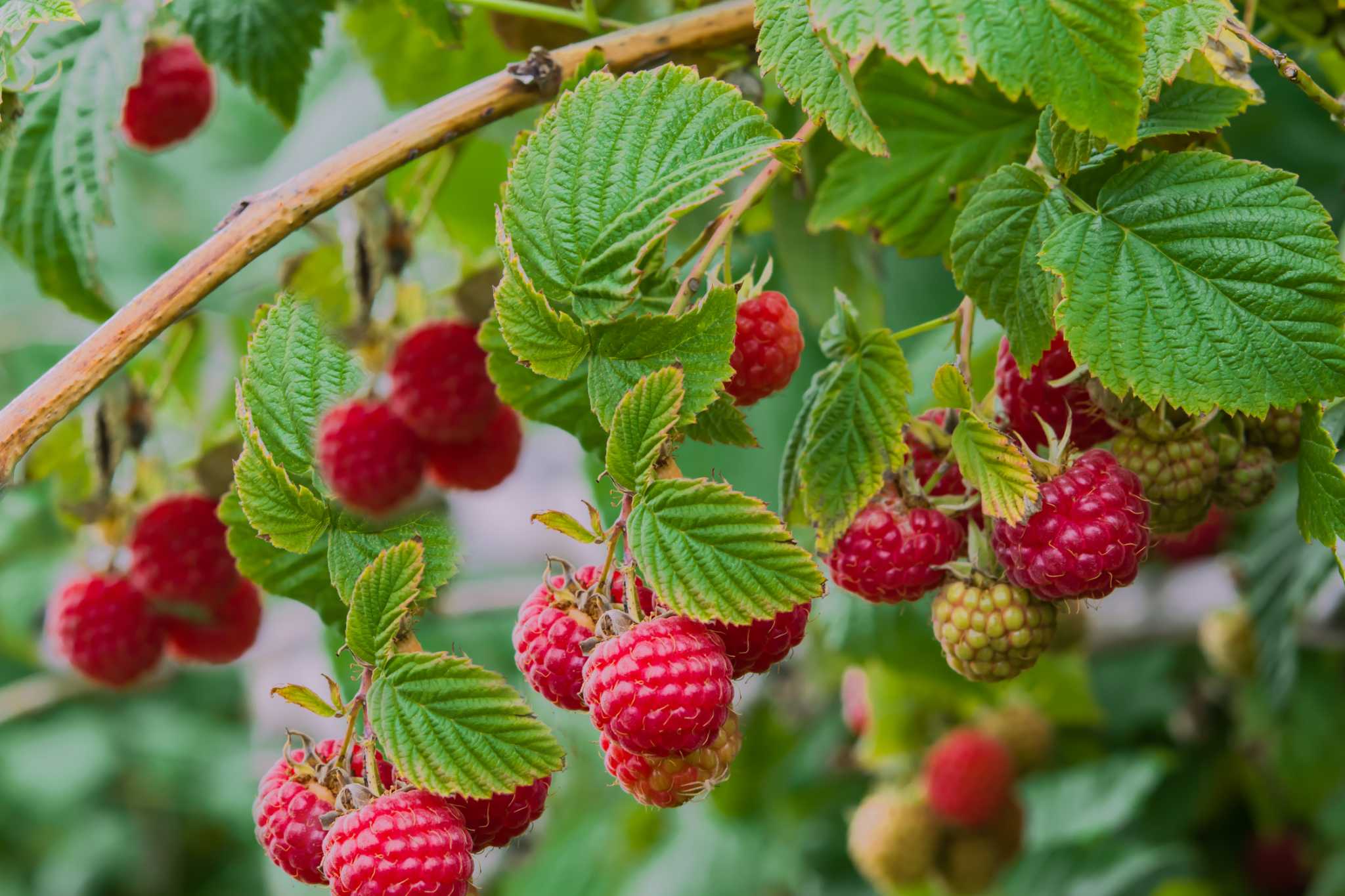
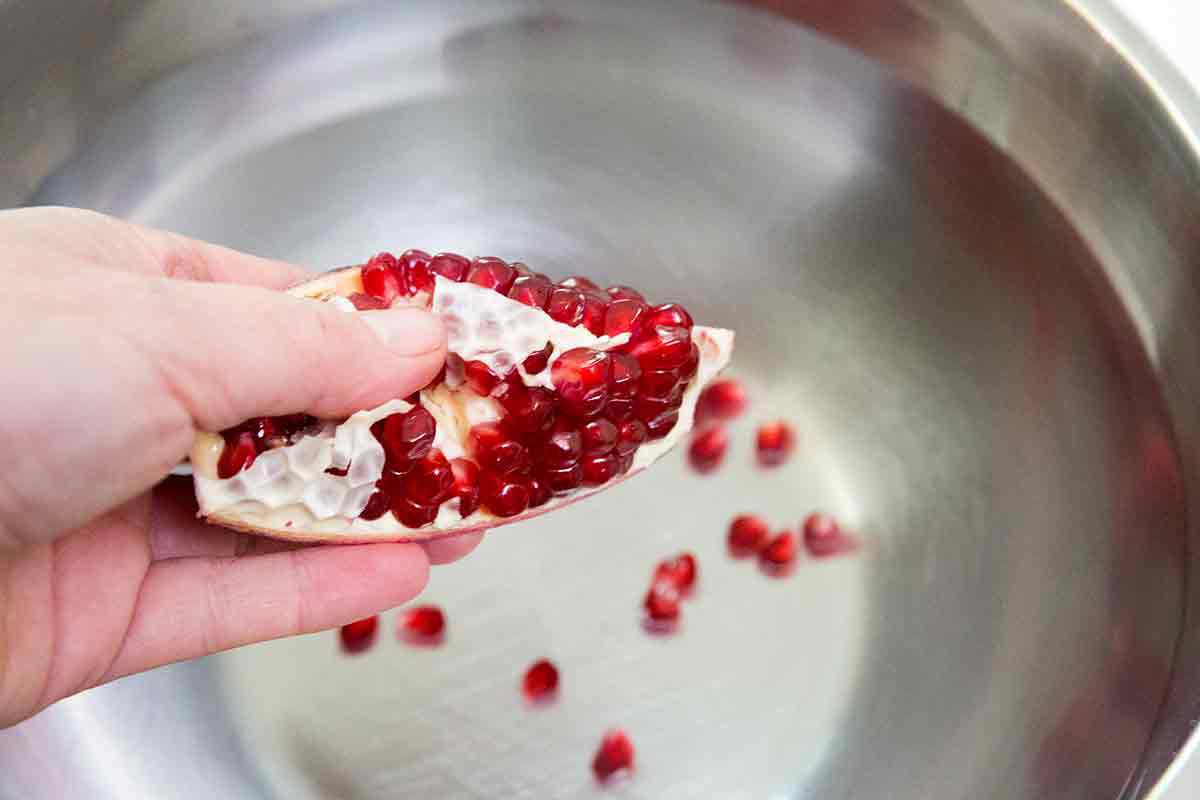


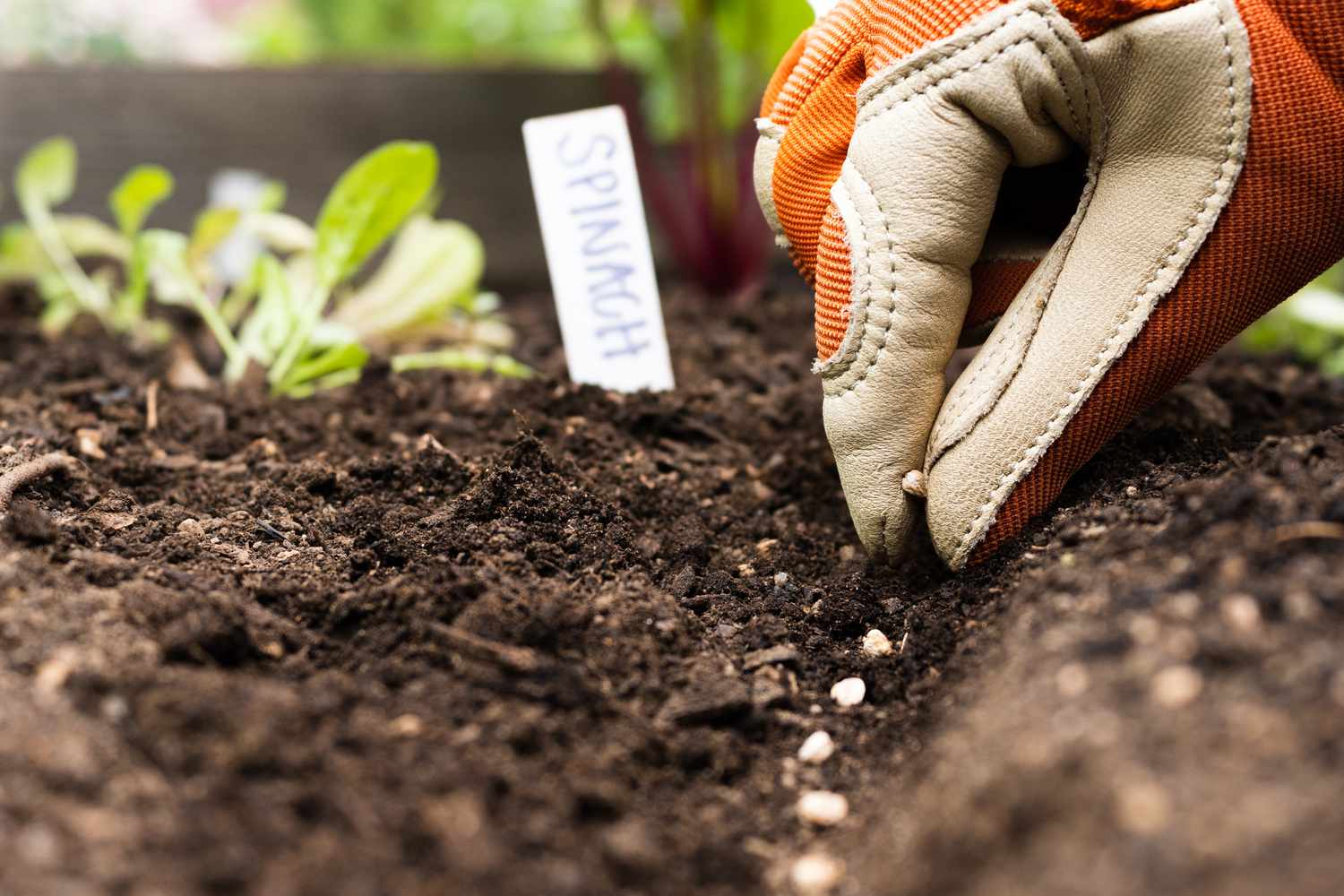
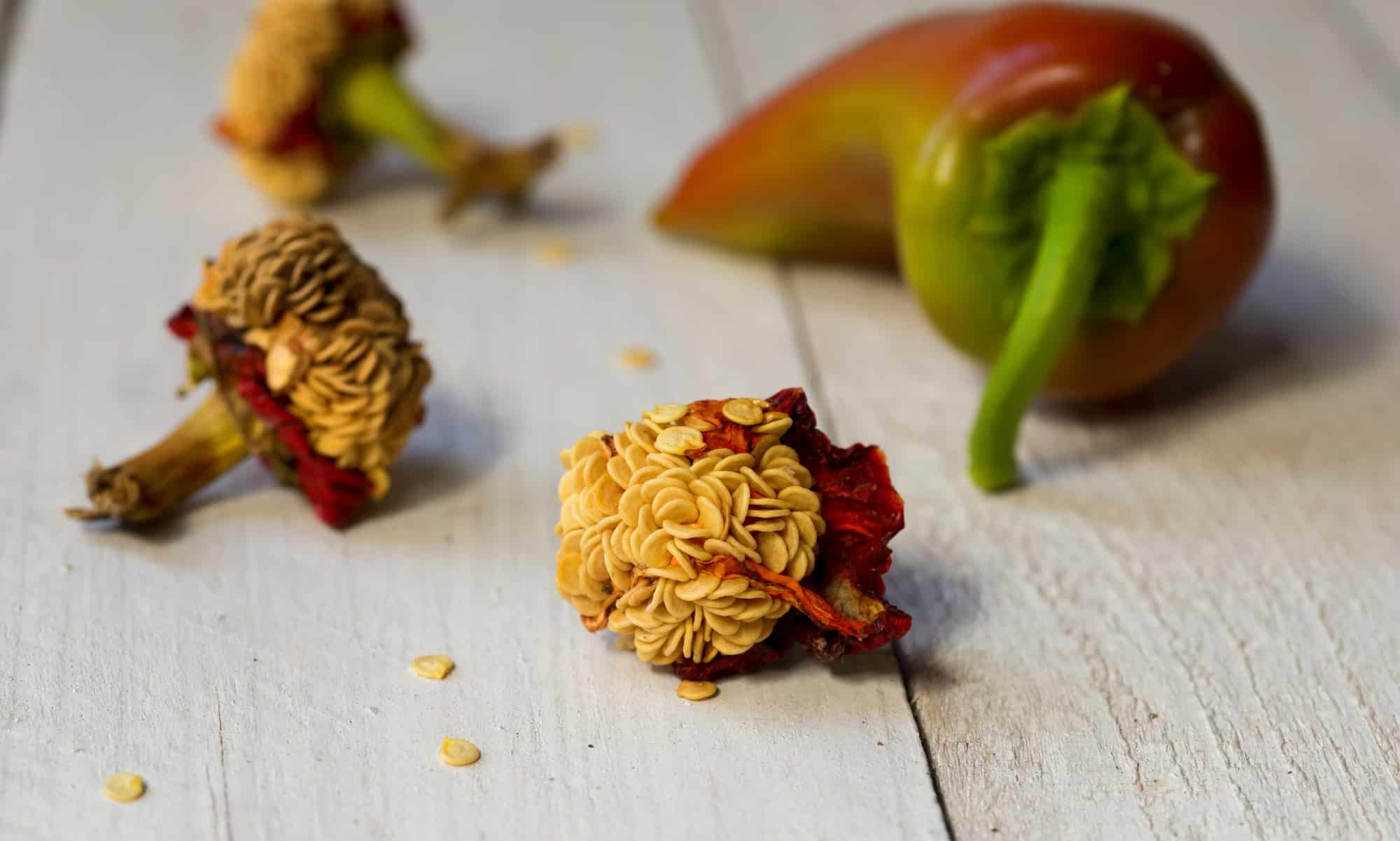
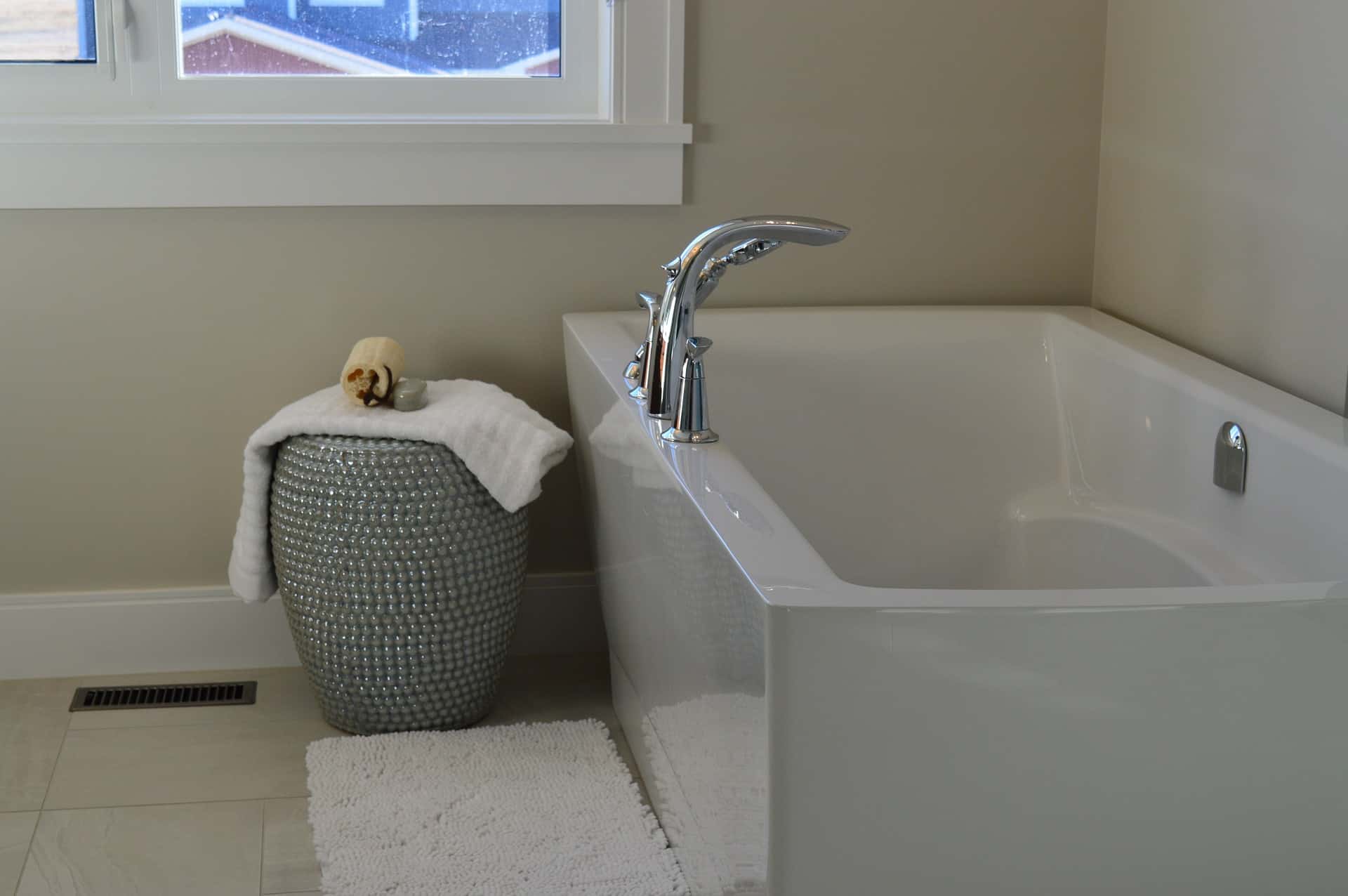
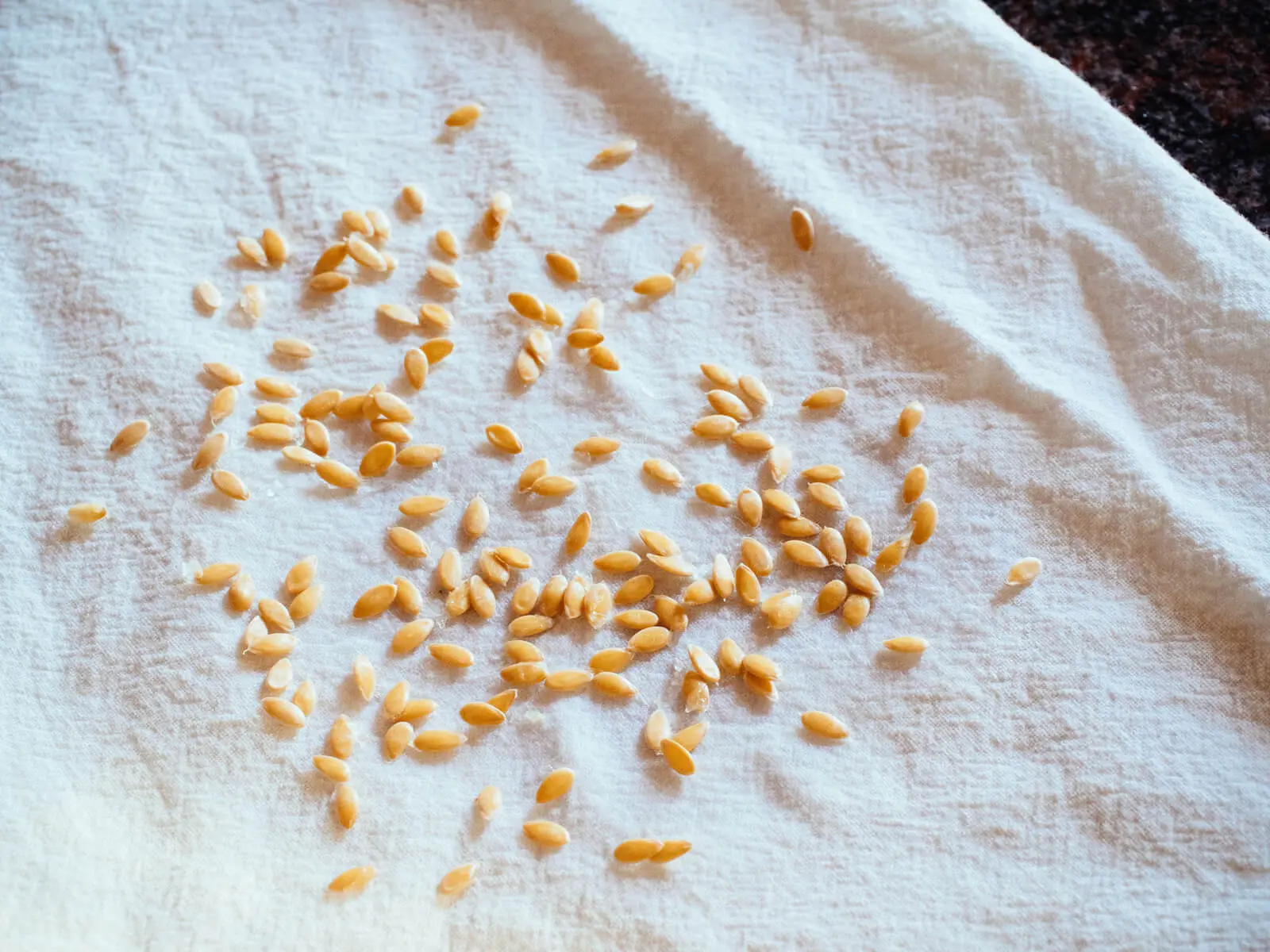
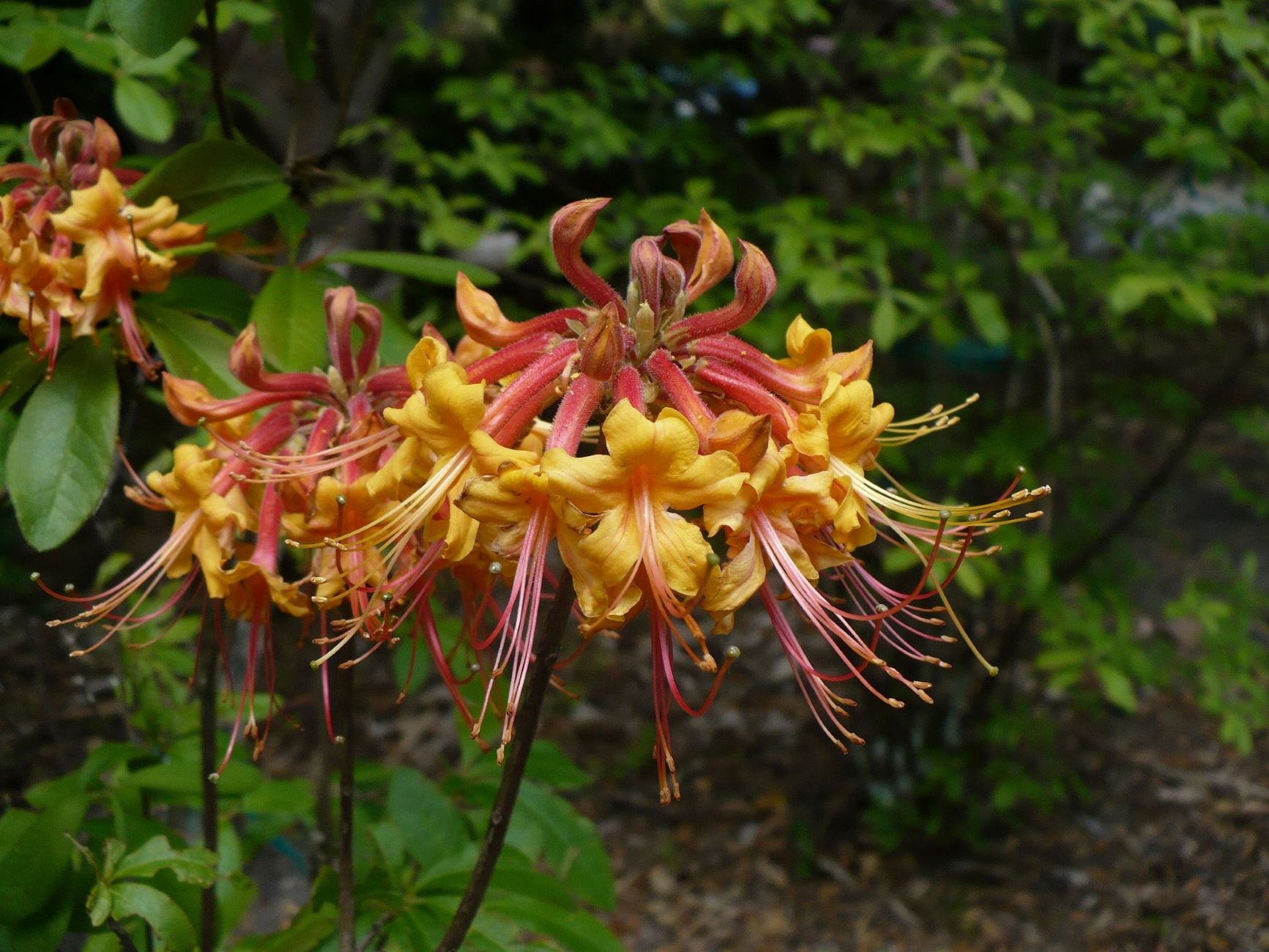
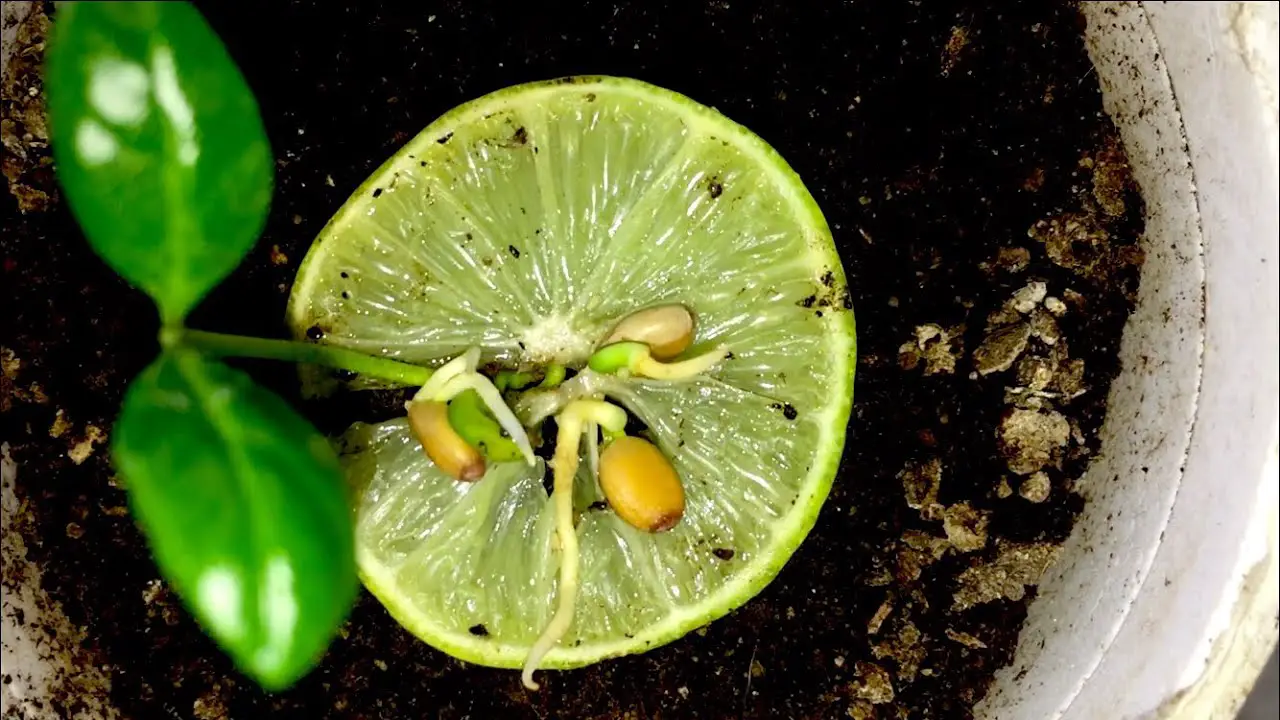
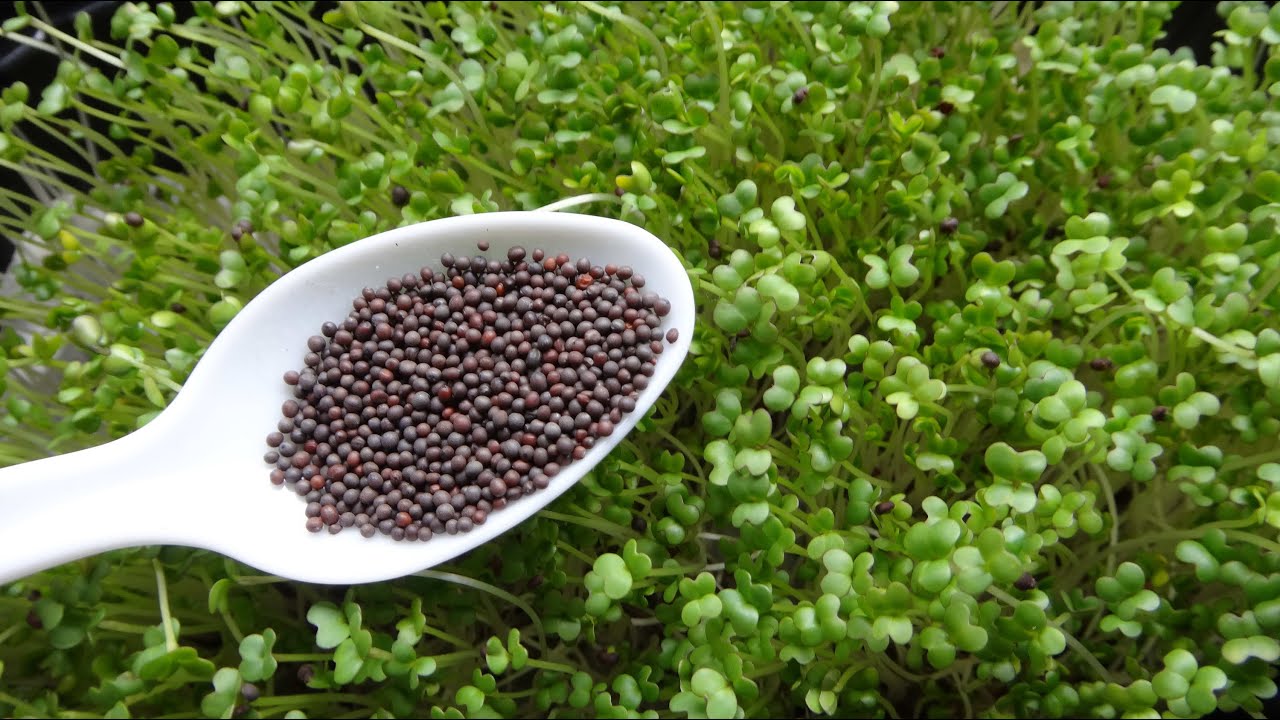
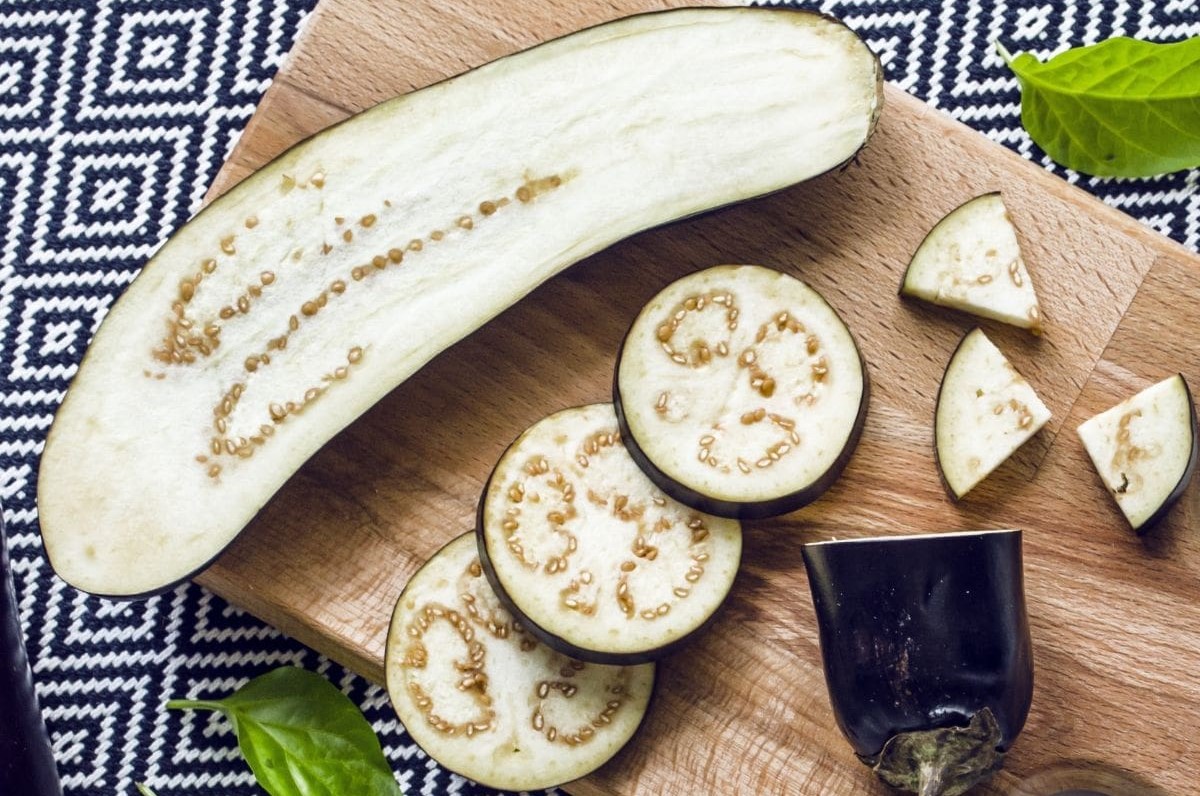

0 thoughts on “How To Get Seeds Out Of Raspberries”